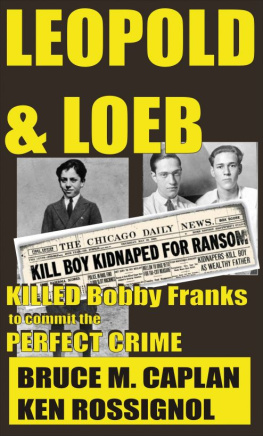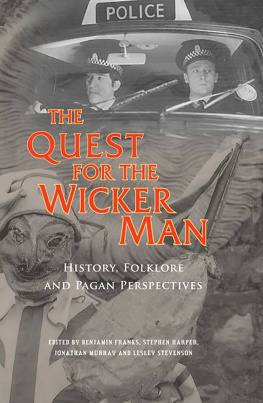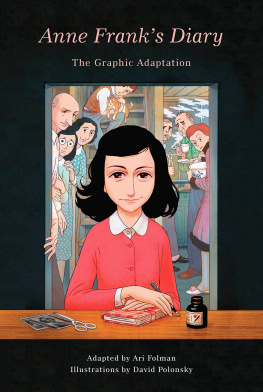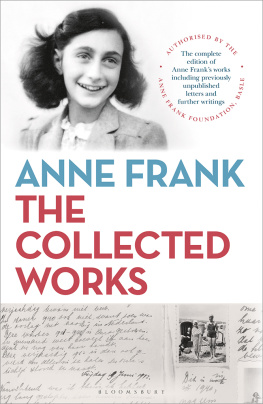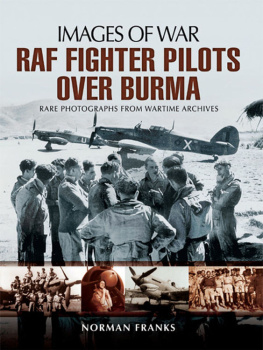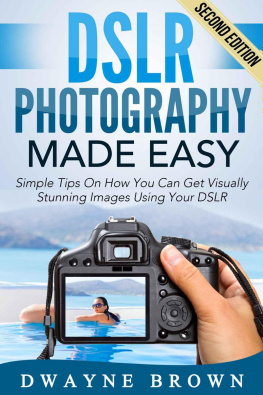Robert Franks The Americans
The Art of Documentary Photography
Robert Franks The Americans
The Art of Documentary Photography
Jonathan Day
First published in the UK in 2011 by Intellect,
The Mill, Parnall Road, Fishponds, Bristol, BS16 3JG, UK
First published in the USA in 2011 by Intellect, The University of Chicago Press,
1427 E. 60th Street, Chicago, IL 60637, USA
Copyright 2011 Intellect Ltd
All rights reserved. No part of this publication may be reproduced, stored in a retrieval system, or transmitted, in any form or by any means, electronic, mechanical, photocopying, recording, or otherwise, without written permission.
A catalogue record for this book is available from the British Library.
Cover design: Holly Rose
Copy-editor: Sue Jarvis
Typesetting: John Teehan
ISBN 978-1-84150-315-8 / EISBN 978-1-84150-446-9
Printed and bound by Gutenberg Press, Malta.
ACKNOWLEDGEMENTS
I would like to thank my children, Niimi and Miika Day-Gough, without whom none of this would have been worthwhile. My parents and sister, Janice and Peter Day and Susan Smith, have been unreservedly supportive through the years.
My friends Claire Gough, Nathan Tromans, Fergus Reid, Jared Jackson, Adam Beresford Brown and Edda Gerusel have seen me through many difficult moments on this journey. Simon Smith, Angela Vicari and Thom Livemore were wonderfully helpful during my time researching in Los Angeles and San Francisco. Thanks, Angela, for all those Valley Girl insights. Thanks also to the staff of the Los Angeles public library archives. Kristi Link Fernholz, Brad Fernholz, Jennifer Todd and Tony Derrick were wonderfully supportive during my research in the Mid-West. My mentors Kenneth Quickenden and George Noszlopy will see something of their approaches demonstrated in this book. My colleagues Chris ONeil, David Durling, Mario Minichiello, Darren Newbury, Yvette Burn, Peter Windows, Julia Burdett and Yanyan Wang have been crucial to this effort and they have my sincere thanks.
Robert Frank and musician Larry Rivers on a windswept causeway, New York, 1959. (Photo by John Cohen/Getty Images)
FOREWORD: ROBERT FRANK
by Eamonn McCabe
I first met Robert Frank when he was in London for the opening of his show at Tate Modern in 2004. He didnt say much as I nervously tried to take a couple of photographs of the great man with my own Leica. We were both crammed in a tiny lift as we made our way up to his huge exhibition.
But Robert Frank never did say very much and there is not a single word by him in The Americans, his seminal book of photographs taken in just two years in the mid 1950s on a Guggenheim grant.
You get the impression that even the meagre captions at the end of the book were reluctantly dragged out of him by some poor curator or editor in search of at least some information about a set of some of the greatest photographs ever taken.
Jonathan Day in this book has expertly taken over as Franks narrator, bravely describing each photograph and putting it into context with the other 82 in The Americans.
You should read this book and look at Franks photographs while listening to some John Coltrane saxophone, preferably on an old record player crackling away in the background.
There are no rules in jazz and Frank broke all the rules with his Leica. There are heads missing in his pictures, but it makes them stronger. The face nearest you is often out of focus, but it makes the background even more powerful. His subjects rarely look at the camera, but you are engaged, you cant look away. The American flag is everywhere and threads through the whole book, binding it together.
As Jack Kerouac says in his introduction to The Americans
To Robert Frank I now give this message: You got eyes.
And now we have the words.
Eamonn McCabe was Picture Editor of The Guardian from 1988 to 2001.
INTRODUCTION
This is an opinionated book. What strikes me first, every time I open Robert Franks The Americans, is the strength and quality of its opinions. The photographs are the truth as Frank saw it. They are as honest, as poetic and as prophetic as Jack Kerouacs prose, Allen Ginsbergs poetry, Willem de Koonings painting or John Coltranes tenor saxophone playing. Frank knew the wonderful work of Walker Evans and so many others who had photographed America before him. And yet he had the temerity to believe he could do something different enough to matter, to be interesting and valuable. I am following his lead with this book, hoping that I too may have something interesting to say, in a way that does not exactly repeat what has gone before.
Frank wanted to see around and through the rhetoric of the American Dream, see beyond the idealism and gentility that blinkered and blinded Edward Steichens The Family of Man exhibition and hamstrung so much of the photography that surrounded him. Frank wished, also, to avoid the commercial imperatives that had fuelled his earlier work in New York and which loomed over so much of the recording of America on film. The celebrated Standard Oil Picture File exemplifies this, interleaving documentary and dialectic, the propaganda of an oil company disguised as honest and sincere documents. Franks no holds barred honesty is his books strength. He was not seeking to praise or censure America; he simply sought to really see it. This is not surprising for a man who would be central to the Beat group of artists, filming and recording them and their interests in Buddhas Dharma and Zens emphasis on direct vision. I dont apologize, then, for the opinionated nature of what you are about to read: Frank was looking to see America, and I too am looking to see Frank and his book.
Im fascinated by these photographs and what they reveal about the society in which Frank lived and worked. The book was published in the year I was born: it helps explain my world. I have chosen to emphasize those materials that were near-contemporary with Franks work: books, music, photographs and paintings shine a searchlight back on to this world that is lost to us now, staring mutely out of his pages. These texts play a leading role here: expect to meet them more on this journey than works which belong to our world and our time. Nonetheless, anyone who ignores the wisdom of others is a fool, so this book uses and acknowledges the ideas of other lookers and thinkers without being a literature review. I wish to add to the literature around Frank, not to prcis and summarize what has gone before.
The Americans is a complicated book. The photographs are often part of interconnected sequencesexamining the nature of human love, for example, or the imagery of the cross. At the same time, many of them contribute to non-consecutive thematic considerationsthe car, for instance, or the Stars and Stripes. These parallel devices work architecturally, knitting the book together like the interwoven trunks of a yew tree, or the convoluted fibres in jade. Extracting and describing these threads is a difficult business, and this book will approach and examine Franks images in three ways.
First, the photographs are exploited as illustrations and indicators of the particular moment in time and space when Frank took his camera and made his record.


